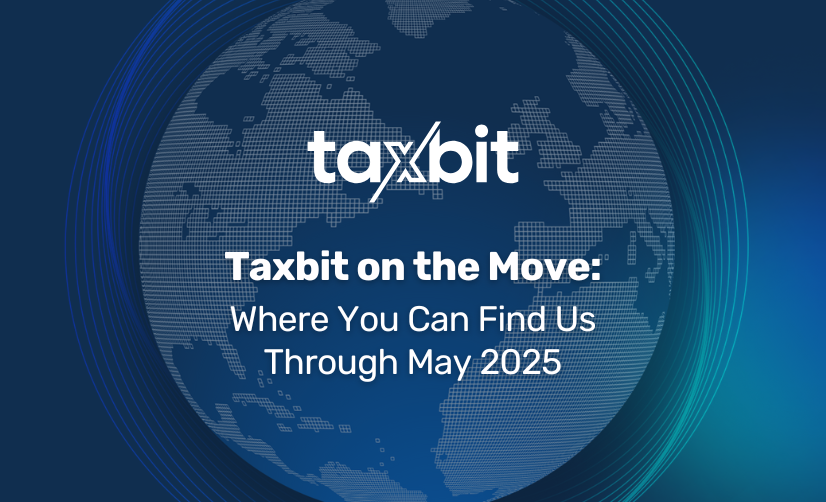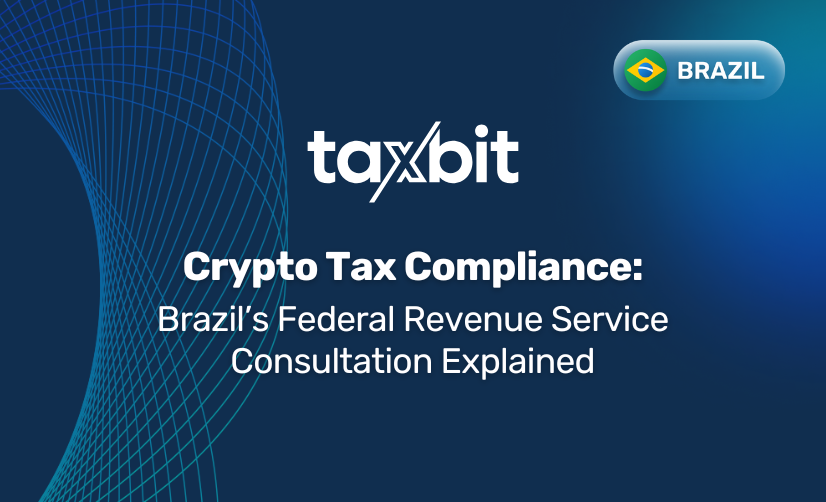Unpacking a major milestone (known by names such as Eth2, ETH 2.0, or “the Merge”) for the world’s second-largest cryptocurrency, and the taxes you may owe
After years of anticipation, the Ethereum network has completed its biggest evolution yet. Like its predecessor Bitcoin, Ethereum was previously secured by a global network of miners, i.e. powerful computers processing and validating transactions. Called “proof-of-work,” this is a time-consuming and energy-intensive process whereby miners compete to solve cryptographic puzzles to prove that blocks of transactions on the network are legitimate.
The goal of reducing energy consumption is central to the Merge. Ethereum proof-of-work consumed the same amount of energy on a yearly basis as Belgium uses in the same time frame, for example. Ethereum estimates its energy consumption will drop by more than 99.95% now that the Merge has occurred.
Today, for Bitcoin, when a miner is the first to solve this puzzle, they are rewarded with newly minted coins. Over the years, however, mining has become extremely competitive and requires expensive and energy-consuming equipment – potentially threatening the democratic and decentralized nature of blockchain networks. Further, proof-of-work blockchains are inherently slow and can only process a few transactions per second – which can lead to spiking fees and slow transaction times.
Ethereum’s “Merge” is an upgrade to “proof-of-stake” that aims to solve the fundamental limitations of mining-based blockchains. After the Merge, the mining-based Ethereum blockchain transitioned into a new proof-of-stake system called the “Beacon Chain.” Via proof-of-stake on the Beacon Chain, the process of securing transactions on the Ethereum blockchain is now done by “validators” instead of miners.
Instead of running powerful computers to validate transactions, validators simply stake Ether on the network using much simpler computers – thereby gaining the chance to validate blocks of transactions while earning newly minted ETH.
The Merge is one of a series of major upgrades set to occur over the next few years, as Ethereum co-founder Vitalik Buterin explained to Fortune, “At the end of this road map, Ethereum will be a much more scalable system…By the end, Ethereum will be able to process 100,000 transactions per second.” (Currently, Ethereum can only process approximately 13 transactions per second).
After the Merge – what changes?
Today, you can become a validator and potentially earn rewards on the new protocol. BeaconScan indicates that over 400,000 validators are already participating and have deposited millions of ETH into the proof-of-stake network.
To become an individual validator on the proof-of-stake network, you need to deposit 32 ETH (worth over $50,000 at the time of writing) – a sum that can be restrictive for many users.
As an alternative, ETH holders can consider using staking pools instead – whereby you can stake virtually any amount of ETH in order to earn rewards. Staking pools have a much lower barrier to entry (as you can stake even minuscule amounts of ETH ranging from as little as 0.001 to 0.01). Another potential advantage of staking pools is the ability to receive “liquidity tokens,” or tokens that represent a claim on your staked ETH and the rewards it generates.
Today, and potentially even for a year or so from now, investors won’t actually be able to withdraw and freely trade their staked ETH or the associated rewards from the network. This uncertainty can be a major deterrent – and a potential advantage of certain staking pools is the ability to withdraw and freely trade liquidity tokens.
An example is the Lido staking pool’s stETH token – i.e. when you stake ETH in Lido’s pool you mint a corresponding number of stETH tokens at a 1:1 basis (and receive rewards in stETH). You can then freely trade and transfer stETH across Ethereum’s vast decentralized finance ecosystem. Similarly, Coinbase recently announced the creation of cbETH – which can be received in return for locking ETH2, and then “cbETH can be sold or sent off-platform, while ETH2 will remain locked-up until a future protocol upgrade.”
Staking pools and liquidity tokens come with unique risks, however, as you are trusting your stake (and the ultimate value of these liquidity tokens) with a third-party rather than controlling your stake directly. Further, staking pools take a small percent of the total reward. Similar to staking pools, you can also stake via services offered by major centralized exchanges. Exchanges tend to advertise an estimated ETH2 reward rate ranging from approximately 3-5% APY, a rate that is similar to many major staking pools.
What are the risks of the Merge?
Miners aren’t exactly happy about the transition to proof-of-stake as they will no longer be able to receive rewards. The Defiant cites an estimated $5 billion worth of Ethereum mining equipment is rendered obsolete by the Merge.
To protest, miners have created a “chain-splitting” hard fork – or a new version of Ethereum that continues to use proof-of-work (in a move that is reminiscent of previous high-profile forks such as Ethereum Classic and Bitcoin Cash a few years ago). While Ethereum Foundation researchers suggest that a proof-of-work fork is implausible, this upgrade brings us into uncharted territory and it’s difficult to anticipate how exactly it will play out over the coming years.
As it appears to be successful in the days following its implementation, the Merge has unlocked a major milestone for blockchain technology at large.
Potential tax implications of the Ethereum Merge
The Merge was contentious and resulted in a chain split, and the creation of a new coin called ETHW also creates potential tax implications. The IRS has not issued any specific guidance relating to the Merge, but it has previously issued guidance (Rev. Rul. 2019-24) explaining the tax consequences of a chain-splitting hard fork. That guidance should apply here.
Rev. Rul. 2019-24 says that if you receive a new coin as the result of a chain-splitting hard fork, the receipt of those coins is income – with the amount of income equal to the value of the coins at the moment of receipt. Identifying the moment of receipt is a little bit tricky. In tax parlance, you must have dominion and control over the coins. Practically speaking, that just means you need to be able to exert control over them (i.e., have the ability to send them somewhere).
The timing question is impacted by where you held your coins and tokens, either in unhosted (non-custodial) wallets or custodial (e.g., exchange-based) wallets. Units received in an unhosted wallet are received at the moment of the fork (block height). The fact that you may need to configure a wallet on the forked chain to transact in those new coins doesn’t change the fact that the units are at your address and accessible with your private key.
For units received in a custodial wallet, the timing will differ depending on if or when the custodian elects to support the forked chain and grants you access to the units. Your custodial account agreement typically explains how the custodian handles new assets created by a chain-splitting hard fork. If you have not reviewed your account agreement or any information posted by your custodian you may want to look into it. Note: A few major exchanges have already begun disbursing ETHW to ETH holders at the moment of the chain-splitting hard fork.
Finally, the nature of Ethereum adds an extra level of analysis. As a multi-layered blockchain, a chain-splitting hard fork resulted in not only a proof-of-work version of ether but also a duplicate version of every Ethereum asset on the proof-of-work chain.
Under Rev. Rul. 2019-24, all of these newly-received coins and tokens likely constitute income for tax purposes. The question, however, will be how to value them. For many (or most) there is and will be no market, leaving them difficult or impossible to value for tax purposes. For others, such as proof-of-work ETH, markets are already springing up that provide pricing information.
Stay tuned for more information on Ethereum’s imminent upgrade to proof-of-stake. In future articles, we will discuss the tax implications of earning ETH rewards via proof-of-stake whether by solo (individual) staking, staking pools, or exchange-based staking.
Taxbit can help prepare you for the Merge. Connect your favorite exchanges, wallets, and DeFi protocols with our industry-leading tax solution.
If you’re an enterprise, learn about our industry-leading tax and accounting services here.
Special thanks to Miles Fuller and Nicki Sanders for their insights and review of this piece.








